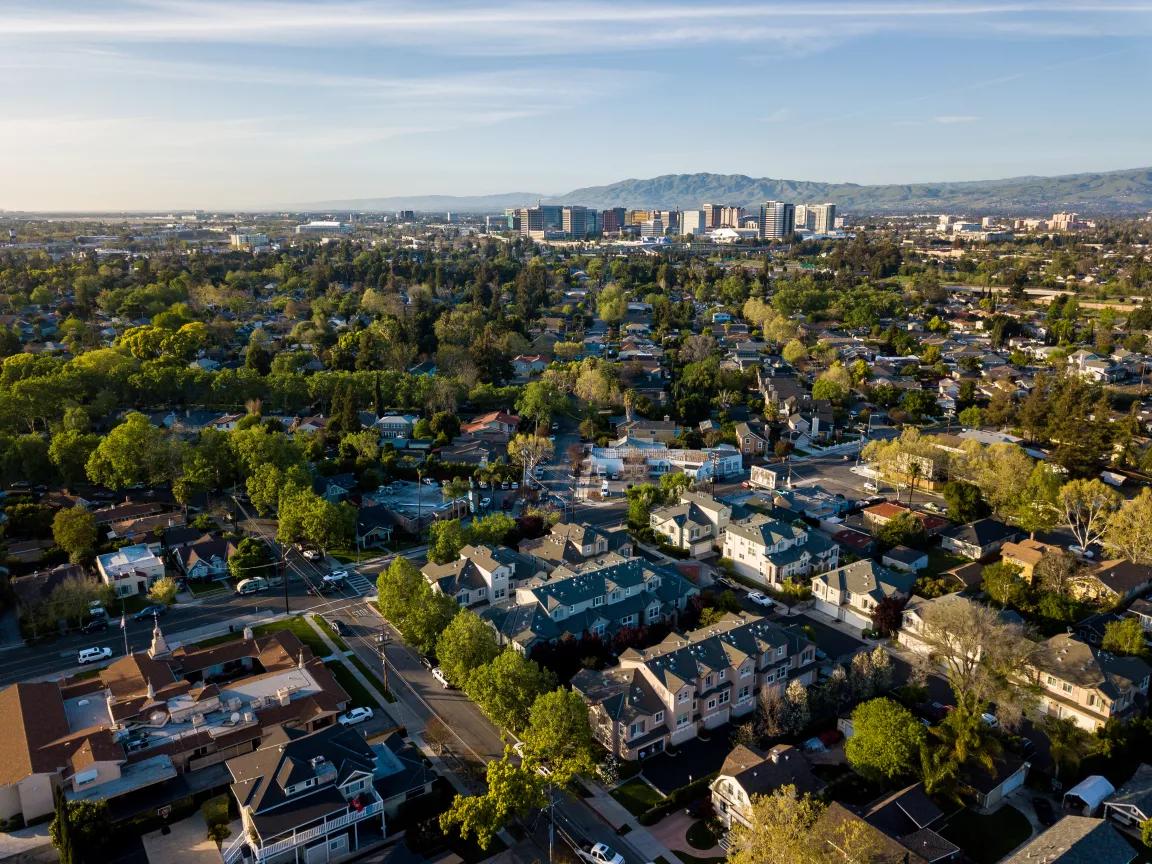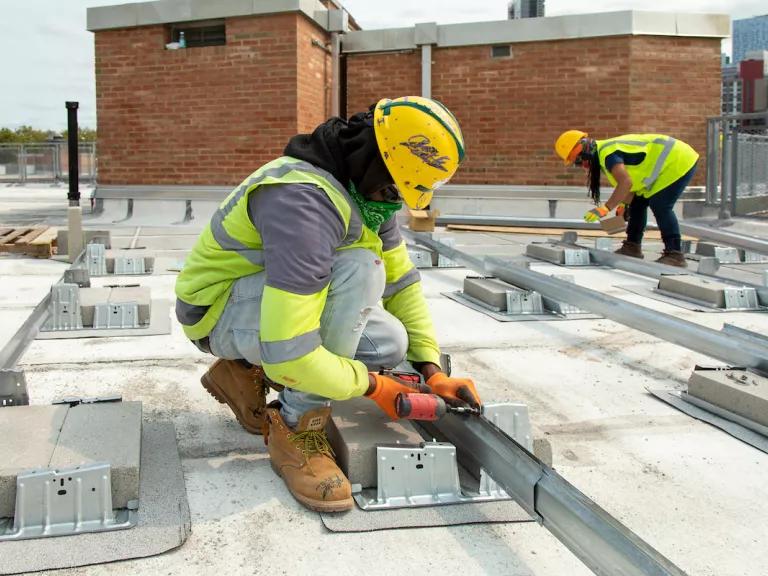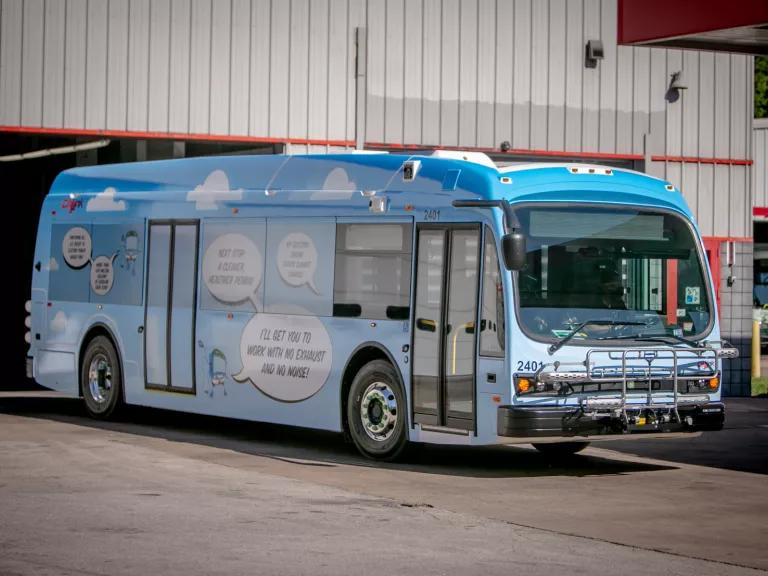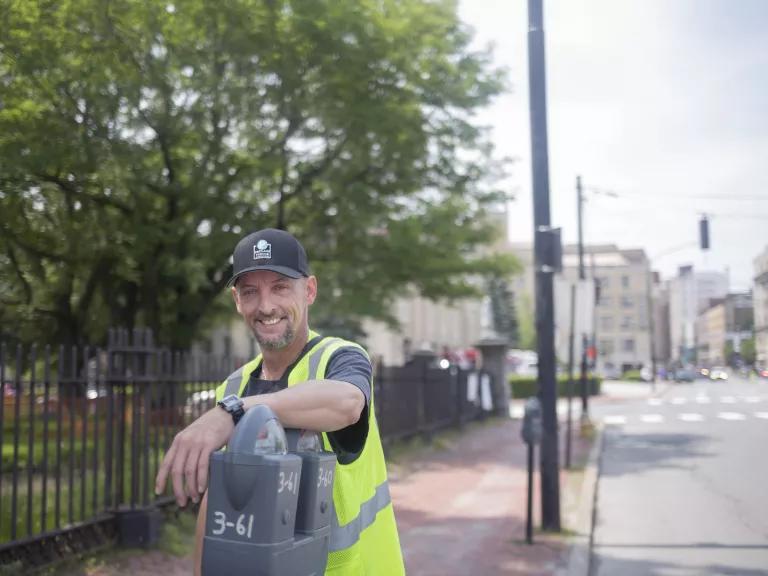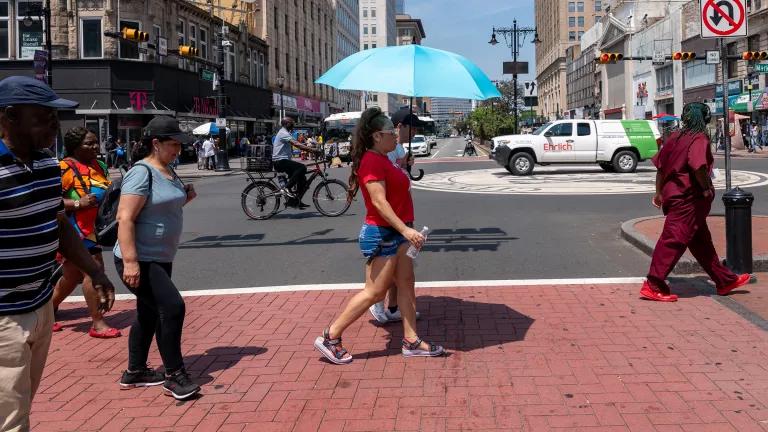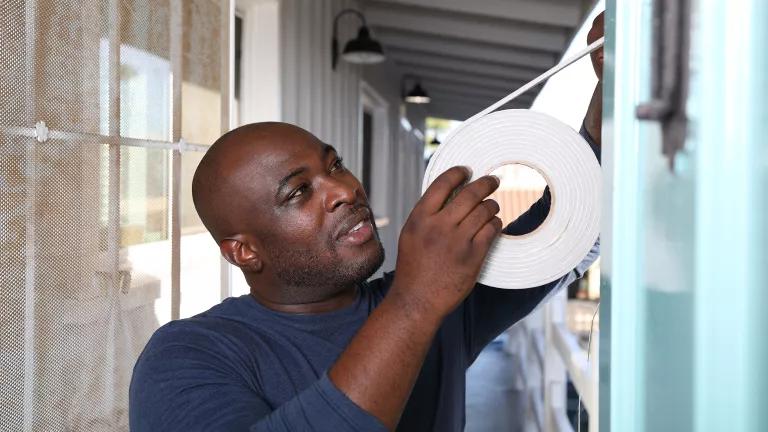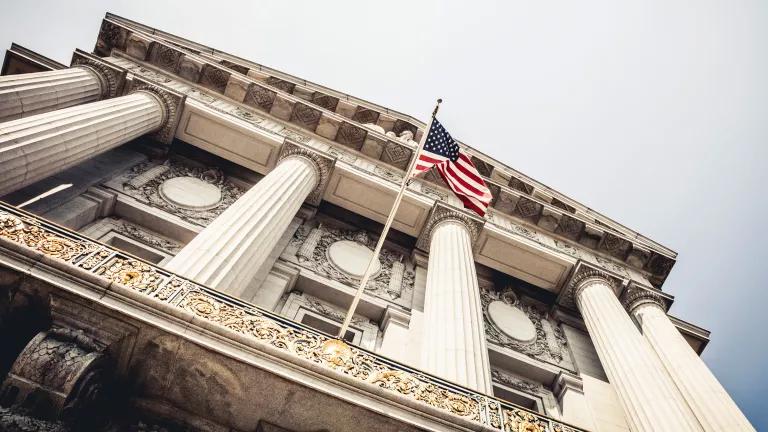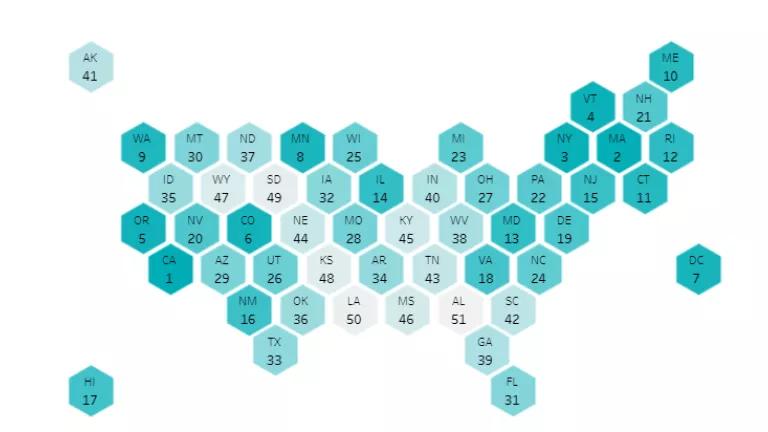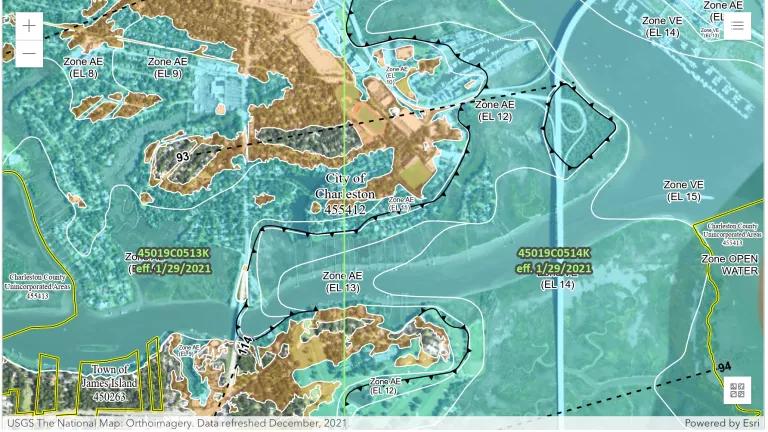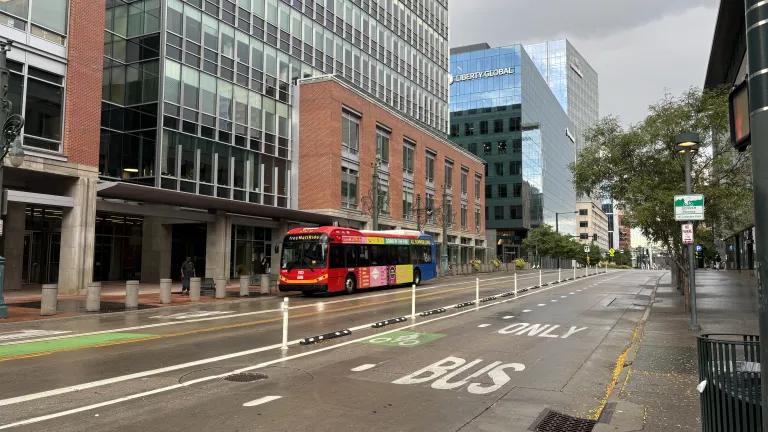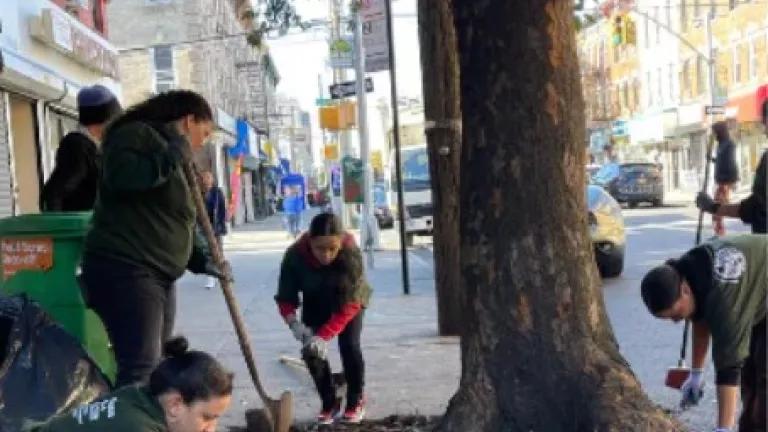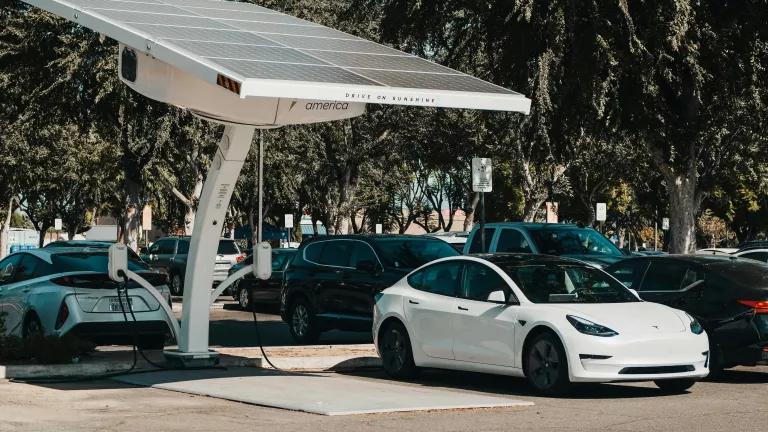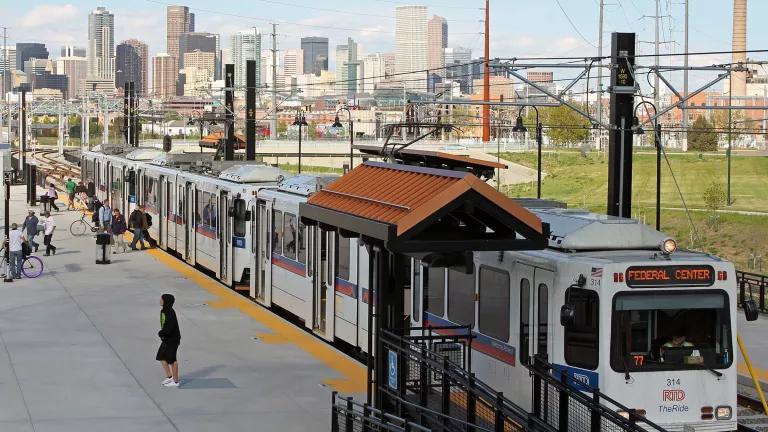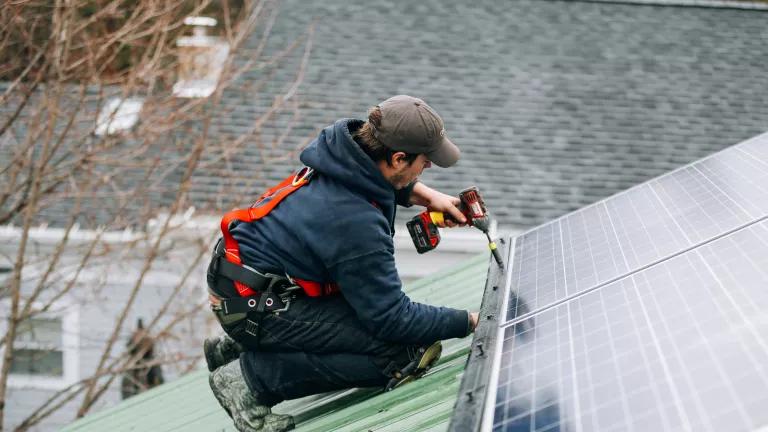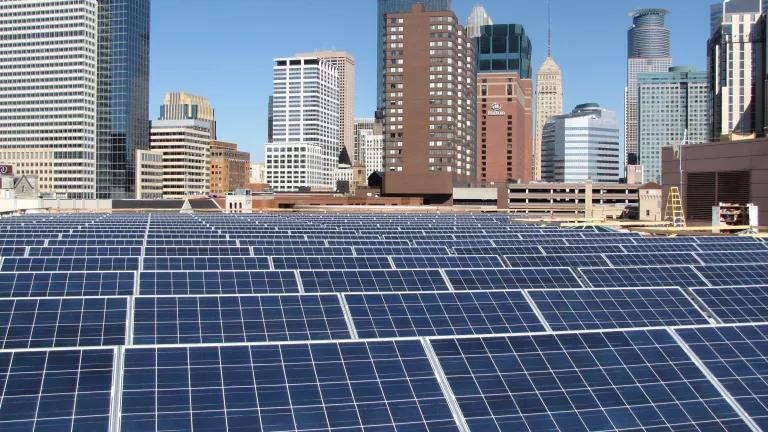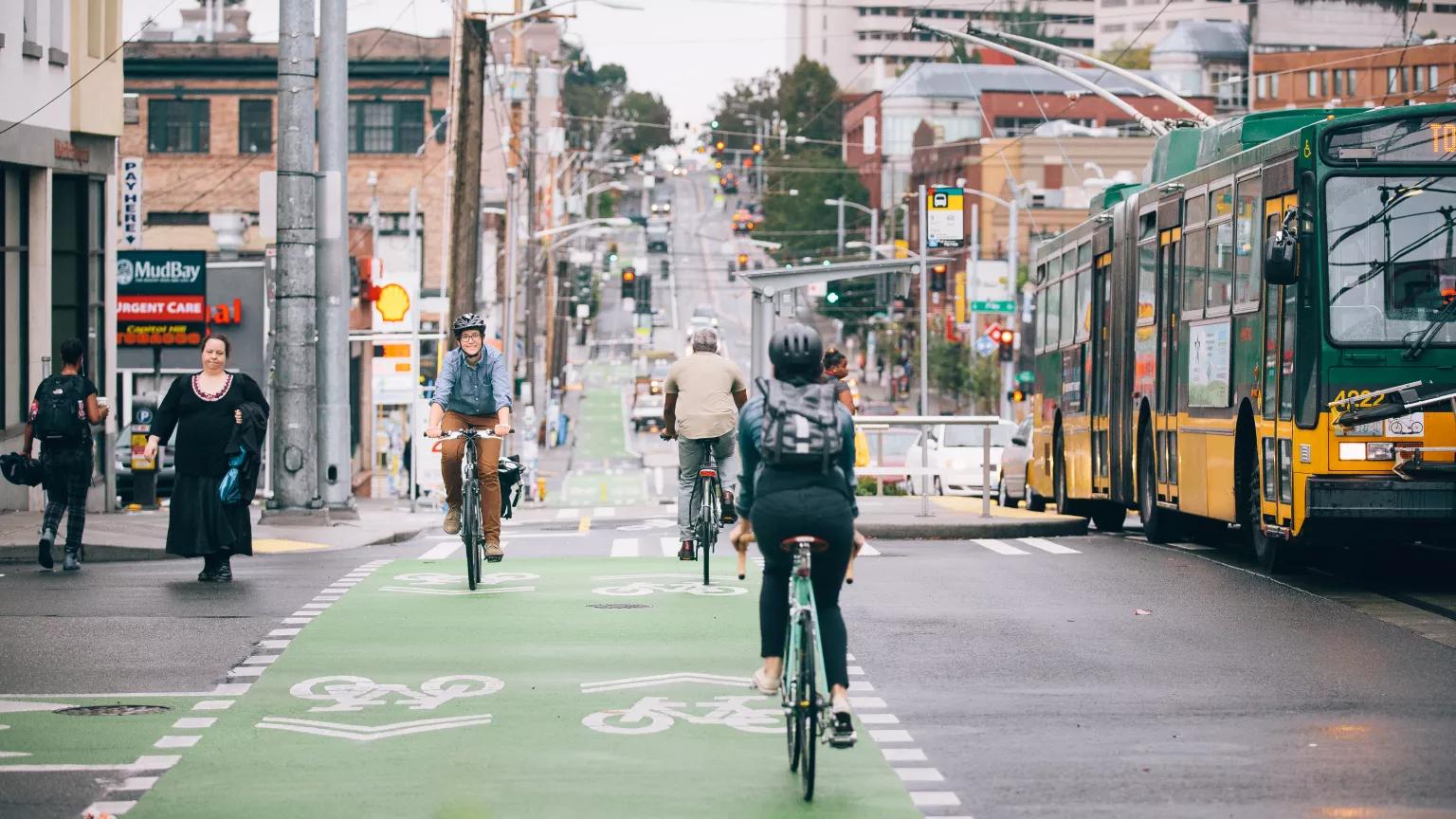
Adam Coppola Photography
Sustainable Cities
Overview
Most people live in cities. In the United States, urban areas are home to 83 percent of the population; globally, urban residents make up about 55 percent of the population. Cities can be innovators and leaders of a broader climate agenda—piloting projects, innovating cross-sectoral solutions, and developing new approaches to community partnerships to build an economically equitable and sustainable future. Cities are key in addressing societal inequities, promoting economic inclusion, building climate-resilient infrastructure, developing equitable transportation and energy efficiency efforts in partnership with communities, and leading market transformations. Often, cities spark revolutions—discovering and implementing powerful processes and solutions that can be adopted all over the world.
Solutions
To help cities grow sustainably and equitably, we promote infrastructure plans that transition us to clean energy, consider the changing climate, create jobs, and invest in local communities. Here are our current priorities:
Electrify and improve efficiency in buildings
For new buildings, we’re helping city agencies to update energy codes and rules requiring developments to be all (or mostly) electric—goals being embraced in places like San José and Seattle. For existing buildings, we’re shaping new building performance standards that set energy and greenhouse gas reduction targets while including assistance for historically underserved populations, including by spurring local job creation, as in Boston. In India, NRDC is helping to expand implementation of building energy codes, with a vision of deep decarbonization of the country’s built environment—transitioning to clean energy that will also support cleaner air and healthier communities.
Electrify transportation
We’re partnering with city governments, community organizations, and technical experts to electrify fleet vehicles, shuttle and transit buses, and car sharing to improve clean mobility choices—particularly for underserved communities. We are developing policy resources and technical recommendations to advance electric mobility and charging infrastructure in cities in China and India as well, to help these global powerhouses reach their climate goals. We’re also helping U.S. cities like Chicago, St. Louis, and Orlando, Florida, pass electric vehicle–readiness ordinances so that they can meet the demand for EV charging.
Enhance sustainable transportation options
We help cities get cars off the road by offering people safe, efficient alternatives to driving—increasing the speed and reliability of public transit and redesigning streets to prioritize walking and biking—to make sustainable transportation an easy and affordable option. At the same time, we are pushing to reclaim our public spaces from automobiles by reforming parking requirements in cities like Honolulu, San Diego, and St. Paul, Minnesota, taming traffic with congestion pricing, and opposing highway expansions that tear apart our cities and poison environmental justice communities.
Support community development and housing affordability
In the coming decades, as trillions of dollars are invested in climate solutions like modernizing public transit, retrofitting building appliances, and expanding EV infrastructure, the initiatives will have significant implications for affordable housing. Our partnership in the Strong, Prosperous, and Resilient Communities Challenge (SPARCC) coalition prioritizes community-led investment and self-determination by low-income communities and people of color, which are fundamental to any city’s revitalization projects. Meanwhile, NRDC advocates with the Energy Efficiency for All (EEFA) coalition help utilities and policymakers bring energy efficiency to low-income housing and curb energy costs for residents, as part of our broader mission to defend tenants’ rights.
Address water scarcity
Many building codes promote wasteful plumbing and lack appropriate water efficiency standards, despite increasing drought and diminishing drinking water supplies. In some cities, drinking water is used to irrigate ornamental lawns, even as reservoirs are drying up. We are championing new standards that ensure there’s enough water to go around—through capturing stormwater runoff with green infrastructure (critical to preventing urban floods and combined sewer overflows, a particularly acute problem in New York City), addressing wasteful infrastructure like leaky pipes under streets, promoting increased water efficiency of plumbing fixtures and products, and recycling wastewater (as in drought-prone Los Angeles). And, we’ve been sharing the lessons we’ve learned in the United States with international cities that face similar challenges.
“When we think about inequity in climate change, we often jump to a conversation about the impacts of climate change, rather than thinking about how climate change is driven by those same systemic inequities. It’s something we struggle with in the environmental movement as well. A great example is the rising phenomenon of green gentrification, whereby the actions to address climate change at the urban level just graft themselves onto existing patterns of urban development that displace communities. We need to reprioritize human development over property development. We need to invest and create local economies that enable people to live and work with dignity.”
Khalil Shahyd, managing director of environmental and equity strategies
Progress
- St. Paul is leading the way on economic inclusion through the Building Green Saint Paul initiative, which is a cross-sector collaboration to achieve the city’s climate, workforce, equity, and racial justice goals. All climate policies have economic impact, and equitable climate action requires creating pathways to quality jobs for historically marginalized communities. The Building Green Saint Paul partnership has since broadened its impact and transitioned to become the Ramsey County Workforce Innovation Board.
- A 2019 settlement agreement, achieved as an outcome of a lawsuit by NRDC and partners, has resulted in the closure of the E.D. Edwards coal plant near Peoria, Illinois, and the allocation of $8.6 million in funding for projects to benefit the greater Peoria region—one of the first of its kind in the United States to support a just transition away from coal and toward a clean energy economy. One of the initiatives receiving funding is an electric bus dedicated to routes that serve some of Peoria’s low-income neighborhoods.
- Pittsburgh now requires all new or renovated city government buildings to be net-zero energy ready, to be achieved through a combination of maximizing energy efficiency and sourcing renewable energy.
- St. Louis is moving forward with a building energy performance standard (BEPS), which was the first of its kind in the Midwest, focusing on driving reductions in building energy use and emissions. The BEPS will help retain and add to the estimated 42,000 jobs in Missouri’s energy efficiency industry.
- A wave of California cities are opting out of gas infrastructure in new buildings. With buildings responsible for roughly 25 percent of California’s total greenhouse gas emissions, building electrification could go a long way toward meeting the state’s goal to reduce emissions by 40 percent below 1990 levels by 2030.
- In 2021, India’s Bureau of Energy Efficiency released forward-thinking initiatives for the built environment. They ranged from a revised code for residential buildings, an extensive training program for building architects and engineers on energy codes, an online directory of building materials, and awards for exemplary energy-efficient design.
- New York has launched several pilot initiatives geared at ramping up deployment of electrification technologies for affordable housing. Among them, the New York State Energy Research and Development Authority is partnering with New York City’s Housing Preservation & Development department on a $24 million investment to support upgrades in approximately 1,200 living units of affordable housing and benefit 3,000 low- to moderate-income residents.
- Portland, Oregon, in partnership with a community task force, has a plan in place to generate revenue by increasing parking rates to start capturing the true cost of driving—to the climate and communities—and using the revenue to provide more transportation options for those who need them most.
- Voters in Cincinnati, Denver, and San Antonio all passed ballot measures dedicating sales tax revenue to sustainable transportation. The measures will allow the three regions to improve transit service.
More Ways to Make an Impact
Latest News & Resources
Four IL gas utilities have filed massive rate increases that will intensify the energy burden on families.
Demand that the state's leaders ditch expensive, dirty gas and transition to a fossil-fuel free Illinois.

It's time for Illinois to pass on gas!
View All Issues
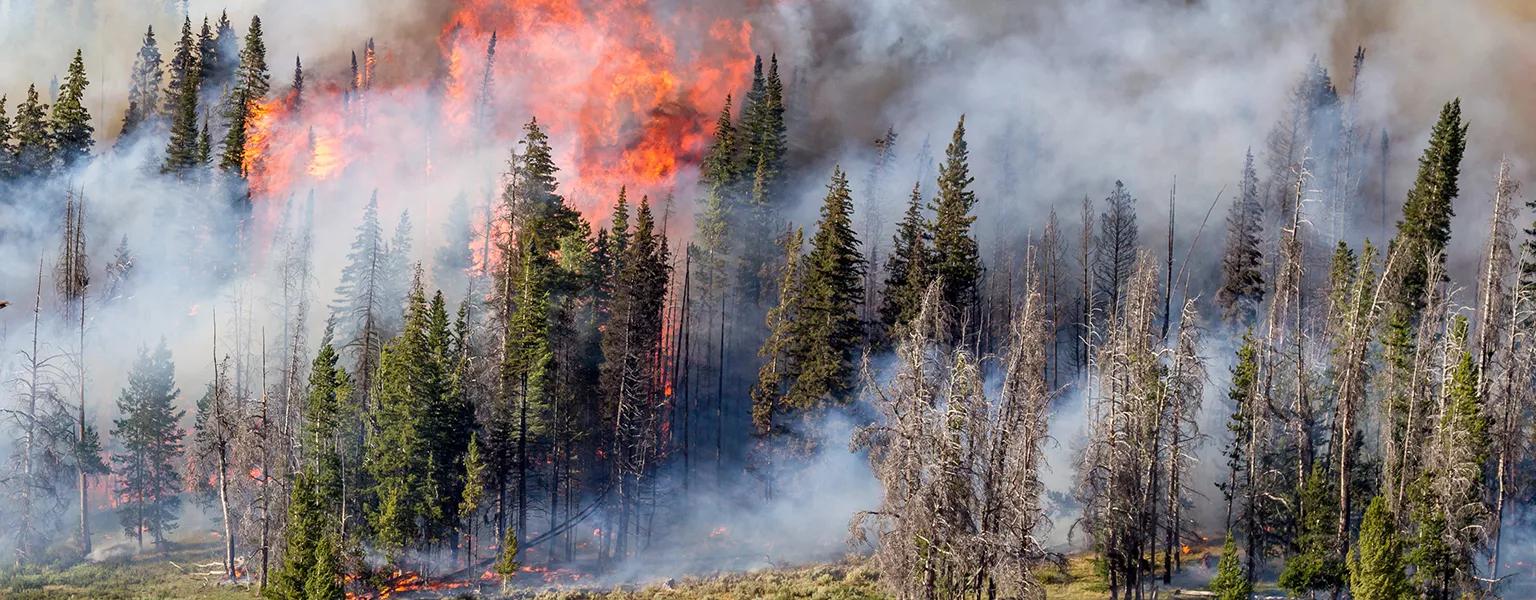
Climate Change

Equity & Justice

Human Health

